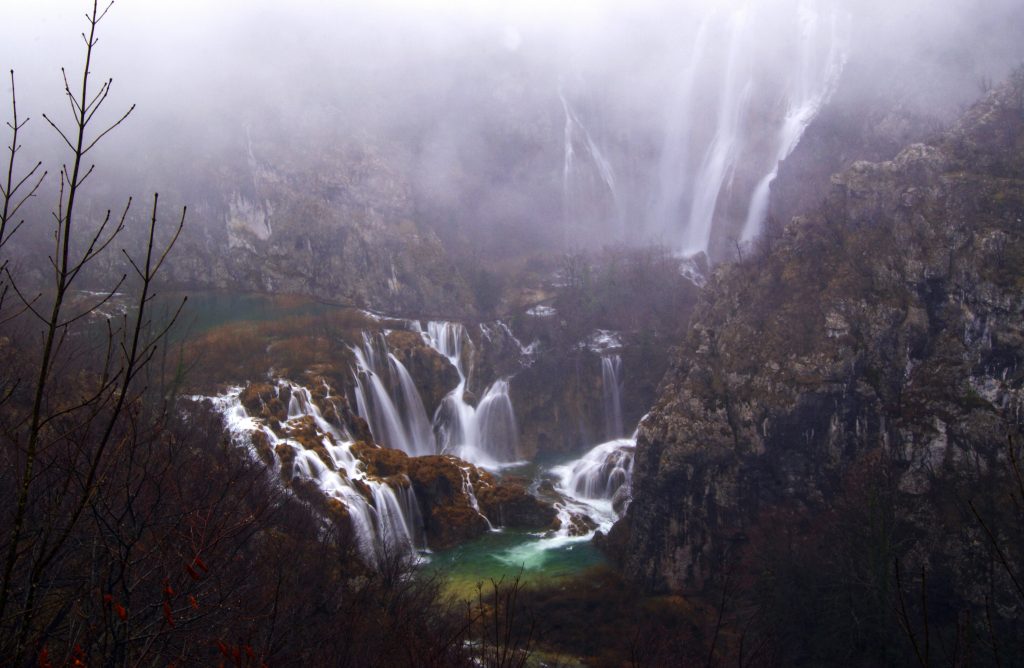November the 10th, 2024 – Croatian tourism has come on leaps and bounds over recent years, but can it meet the altering demands of visitors in 2025?
As Poslovni Dnevnik/Dragana Radusinovic writes, Croatian tourism stands out quite strongly in terms of attracting new visitors during the colder winter months, but when it comes to having those visitors make return trips, things could use some improvement. Much has to be done for Croatian tourism in 2025.
Travel enthusiasm among Europeans shows zero signs of abating, as reported by the European Travel Commission. The ETC is a non-profit organisation that includes 36 national tourism organisations, and it has found that 73 percent of Europeans plan to travel in the winter period, more specifically before March 2025. That’s a six percent increase compared to last year.
However, only 44 percent of those people have fully or partially already booked their trips, which is 12 percent below the level of pre-summer reservations. 54 percent of Europeans prefer staying in hotels in the winter period, while slightly fewer preferred such accommodation last year.
a bigger focus on smaller places
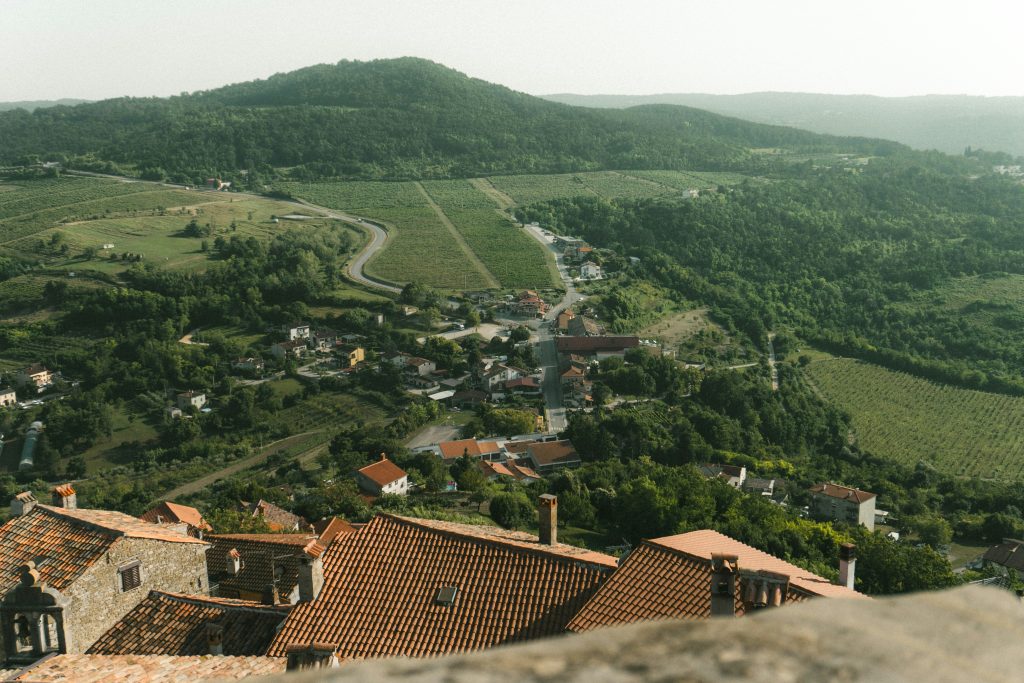
This piece of research, entitled “Monitoring moods for travel within Europe”, looked at the types of destinations that Europeans prefer for the first time. The results showed that 51 percent of respondents seem to be shifting their focus to lesser-known places. “38 percent of tourists are now looking for smaller tourist destinations, while 18 percent of them planning to look for remote, new places with minimal infrastructure. 9 percent of them are worried about excessive tourism,” the research data revealed.
The report interprets that this is because most people seem to want to avoid overcrowding issues in popular places. It can therefore be said that tourists agree with the local residents of the most popular destinations who are protesting against the excessive number of guests.
spain, france and italy
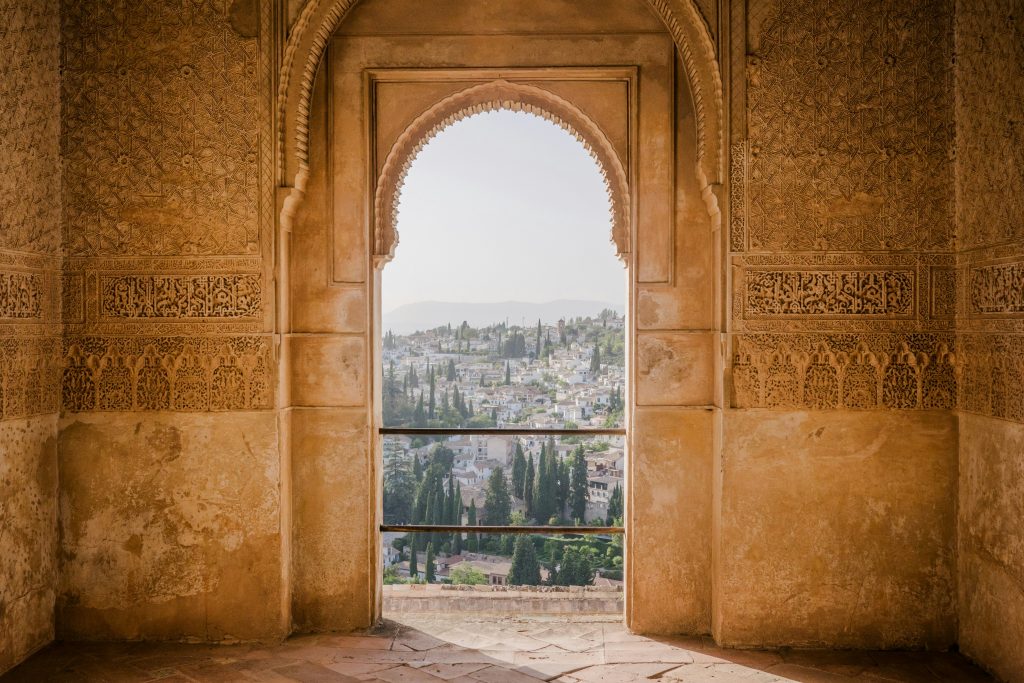
In the winter season, Europeans want to travel to Spain, France and Italy. These countries were chosen by between 6 and 8 percent of respondents, while Croatia was chosen by only 4.1 percent of respondents. That is less than Germany, Austria and Greece, but more than the United The Kingdom, Portugal and Belgium, which make up the 10 most sought-after European destinations and among which Croatia is in seventh place.
can croatian tourism keep up with altering patterns and trends in 2025?
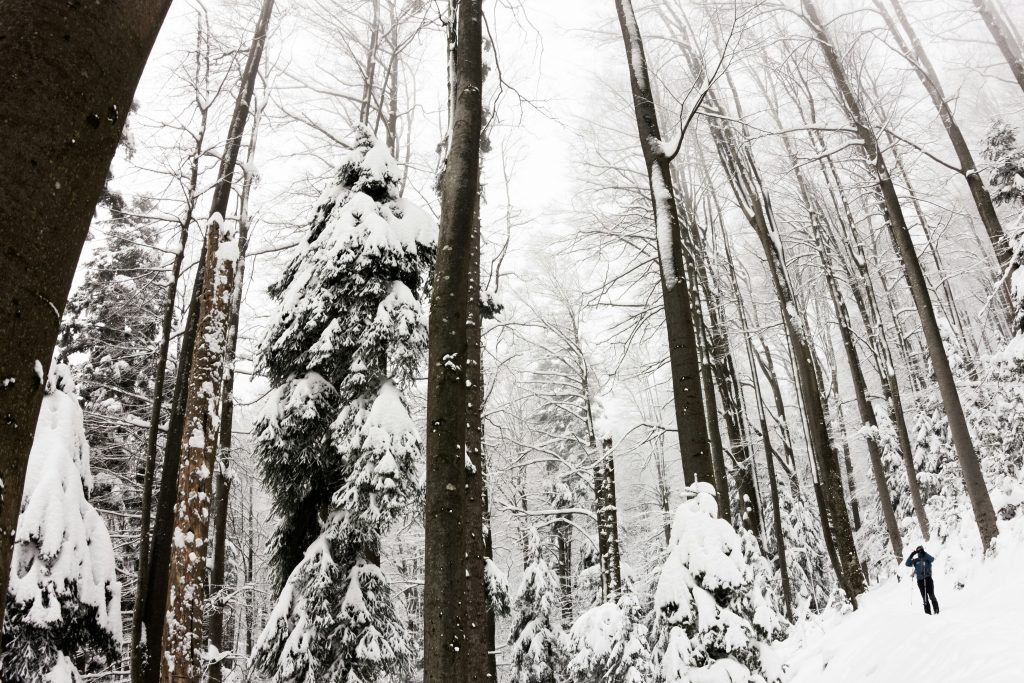
Nevertheless, Croatia and therefore Croatian tourism stood out in the survey for attracting new guests when it comes to winter tourism. In fact, it was among the ten most sought-after destinations, but it’s the worst in terms of returning tourists, since only 8 percent come back. In this, Croatian tourism performed the worst among the ranks, and efforts need to be made for 2025.
For example, 17 percent of tourists return to Spain for a repeat visit, four percent more Europeans will travel with their families this winter than last year, reaching a total of 34 percent. 37 percent of people will travel with their partners, 13 percent with their friends, and 11 percent alone.
The share of tourists who will spend between 501 and 1,000 euros remained stable at 27 percent, while the share of those who plan to spend between 501 and 1,000 euros fell from 21 to 20 percent. The share of tourists who plan to spend between 1,501 and 2,500 euros grew from 23 to 26 percent. It is also interesting that the demand for travelling by air remains traditionally high, being preferred by 53 percent of passengers. The tendency to travel by car fell to the lowest level, dropping down to 25.8 percent. Last year, 28.6 percent of passengers chose to travel by car.
more cash is being spent
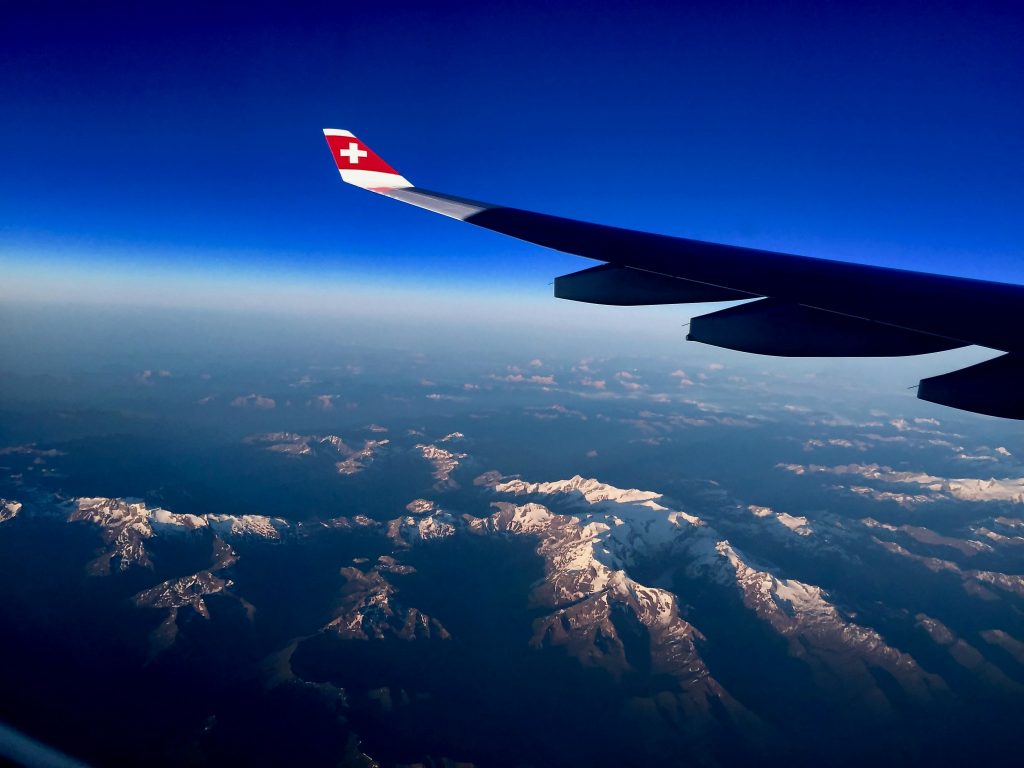
The amount of money that tourists plan to spend on their trip is also growing, and it has increased by five percent. The share of those who will spend at least up to 500 euros fell from 17 percent to 14 percent in a year, and the share of those who intend to spend more than 2.5 thousand euros increased from 11 percent to 13 percent compared to last autumn’s survey.
Global instability and conflicts aren’t currently the biggest concern of Europeans eager to travel. Most of them, 18.8 percent, are worried that their trips will become more expensive due to inflation, and just 13.2 percent are worried about the continuation of the conflict between Russia and Ukraine. In addition, 8.6 percent of them are worried about the potential impact of the current Middle East crisis on overall travel safety.
Despite the increasing emphasis being placed on the importance of the fight against climate change, only 5.2 percent of tourists are concerned about how much their trips harm the environment. Europeans showed that their wallets are more important than their safety when they answered the question of how they rank the criteria by which they choose the destination they want to travel to. Security as a priority individually received the most votes, 17.5 percent, but two parameters related to finances together exceeded it.
Financially favourable and attractive offers are important in choosing a destination for 12.3 percent of respondents. For 8.6 percent of them, it is important that the cost of living in the destination they choose is low. For 21 percent of respondents, the priority criterion is related entirely to costs.
Although the impact of their travel on the climate is important to only 5.2 percent of respondents, 18 percent of them follow the weather forecast when choosing a trip, 14.4 percent avoid destinations with extreme temperatures, and 14.2 percent choose destinations with moderate air temperatures.
croatian tourism in winter is on the up, but more work needs to be done to bring visitors back again
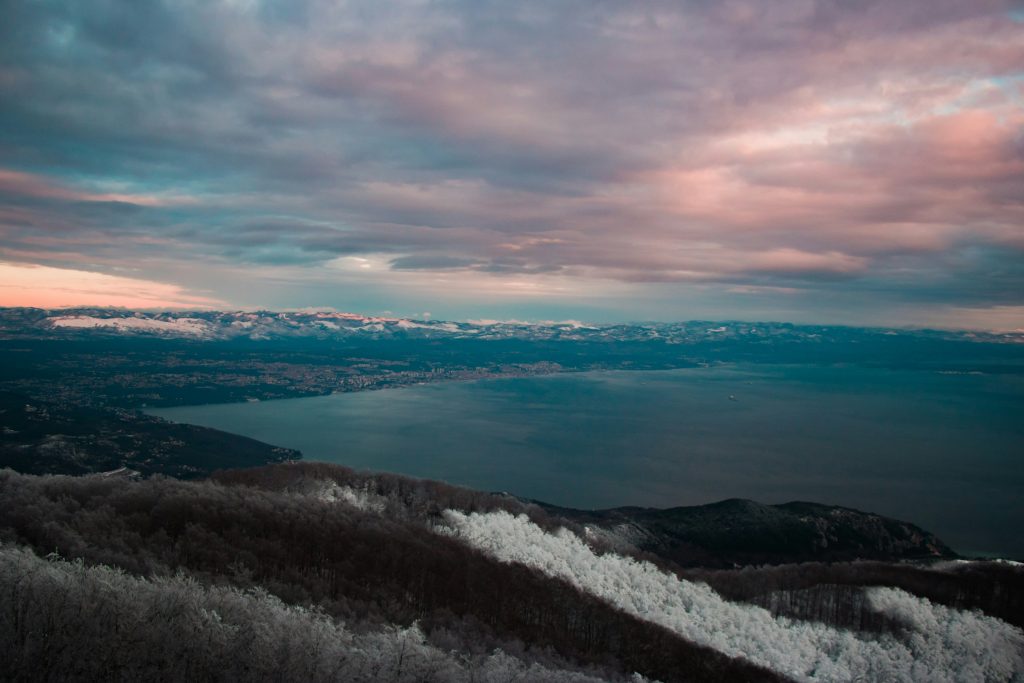
As stated, Croatian tourism during winter is proving more popular as time goes on, but much more needs to be done to attract those same visitors back again and again each year. It can be said that having been so used to being shackled by the hot summer season and the “curse” of sunshine and sea, Croatian tourism during the cold months is somewhat new.
Aside from hit events that put Croatian tourism in winter on the map, such as Advent in Zagreb, the country would grow gradually more empty as the temperatures descended. Now, it seems much more is being done to extend the tourist season outside of the three main summer months, and deeper into the autumn and winter period. As Croatian tourism slowly transforms into a 365 offer, it remains to be seen whether or not foreign visitors will make return trips, and inflation and price hikes in this country will absolutely play a vital role in that.

